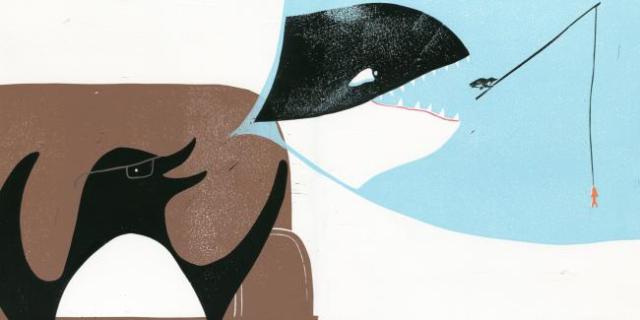VARIATION ON AN OLD RHYME by John Mole
This is the blackbird that wakes with a song.
This is the sun
That shines for the blackbird that wakes with a song.
This is the earth
That welcomes the sun
That shines for the blackbird that wakes with a song.
This is the snow that fell through the night
That covers the earth
That welcomes the sun
That shines for the blackbird that wakes with a song.
These are the children that cry with delight
That play in the snow that fell through the night
That covers the earth
That welcomes the sun
That shines for the blackbird that wakes with a song.
This is the wonderland of white
That surrounds the children that cry with delight
That play in the snow that fell through the night
That covers the earth
That welcomes the sun
That shines for the blackbird that wakes with a song.
This is the quarrel that started the fight
That stains the wonderland of white
That surrounds the children that cry with delight
That play in the snow that fell through the night
That covers the earth
That welcomes the sun
That shines on the blackbird that wakes with a song.
This is the wrong that none can put right
That caused the quarrel that started the fight
That stains the wonderland of white
That surrounds the children that cry with delight
That play in the snow that fell through the night
That covers the earth
That welcomes the sun
That shines for the blackbird that wakes with a song.
These are the nations in all their might
That suffer the wrong that none can put right
That caused the quarrel that started the fight
That stains the wonderland of white
That surrounds the children that cry with delight
That play in the snow that fell through the night
That covers the earth
That welcomes the sun
That shines for the blackbird that wakes with a song.
And this is the song that goes on in spite
Of all the nations in all their might
That suffer the wrong that none can put right
That causes the quarrels that start every fight
That stains the wonderland of white
That surrounds the children that cry with delight
That play in the snow that fell through the night
That covers the earth
That welcomes the sun
That shines just the same on everyone.
Click here for a recording of John Mole reading this poem.
John Mole is a trained teacher, jazz clarinetist and poet, writing for adults and children. https://www.poetryarchive.org/poet/john-mole





 We thought it was time to include a plug for Cornucopia, a wonderful resource for discovering so much that is excellent in Turkey.
We thought it was time to include a plug for Cornucopia, a wonderful resource for discovering so much that is excellent in Turkey.

